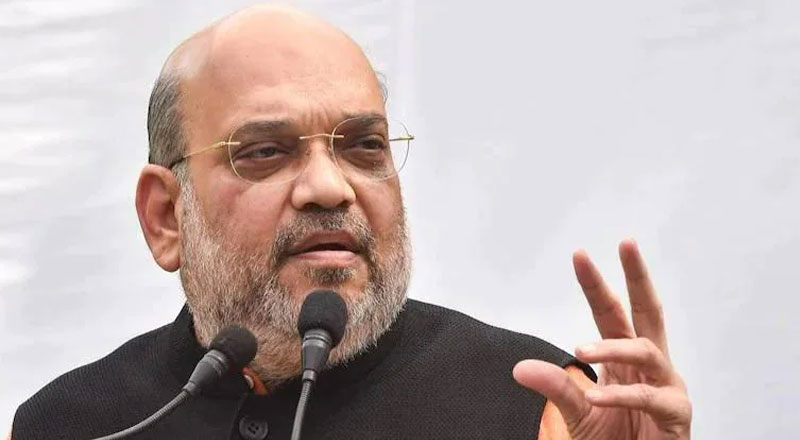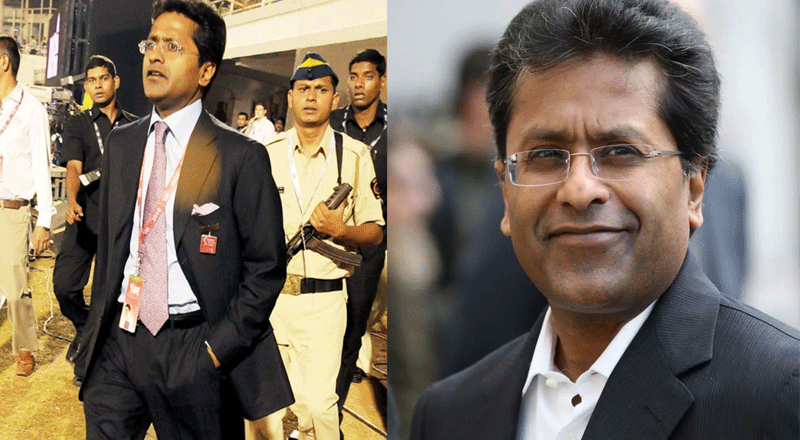The new National Education Policy (NEP) is rooted in “Bharatiyata” while assimilating a global perspective, Home Minister Amit Shah said on Friday.
The new National Education Policy (NEP) is in sync with the nation’s roots and has gained unprecedented acceptance from the entire country, Union Home Minister Amit Shah said on Friday.
Noting that the NEP is rooted in “Bharatiyata” while assimilating global perspective, Shah said the policy enriches knowledge and culture and is aligned with aspirations of the society.
“The purpose of education is to develop character, empathy, courage and prepare students to deal with challenges of life. Education can enable India to reach the pinnacle of success. Society is looking up to us with expectations and hope to make it happen. Our educational aspiration is not only for earning degrees and certificates but also to achieve global good,” Shah said at an event on the completion of two years since the launch of NEP.
“The National Education Policy is in sync with the roots of the nation and has gained unprecedented acceptance from the entire country. It has clearly stated that a robust public education system is the foundation of a thriving democratic nation. The purpose of NEP is to develop citizens who combine national pride with global good with the spirit of Vasudhaiva Kutumbakam,” he said.
The home minister also noted that NEP is an antidote to Macaulay’s system of education designed to “colonise our minds”.
The National Education Policy is not just a policy document but a reflection of the aspirations of all the learners, academicians and citizens working in the education sector of India. Whether it is technical education, medical or law education, when we do not teach all these in Indian languages, we are able to use only 5 per cent by limiting the capabilities of the country. But when we teach in these subjects in Indian languages, we are able to utilise 100 per cent capacity of the country,” Shah said.
“There is a close relationship between research and the education system in mother tongue. One who thinks in his own language can do well in research because his original thinking ability is developed in his own language. To make the country a research and development hub, it is very important to keep the thinking process of children in their mother tongue,” he added.
Shah said NEP’s main objective is to groom students who have a sense of national pride as well as world welfare and have the potential to become global citizens in true sense.
“One can acquire a good position in life through rote learning, but a person cannot gain respect. A person has to acquire eminence by increasing his memory, thinking, reasoning, analysis and the ability to take decisionsthis is the purpose of NEP 2020,” he added.
The NEP, approved by the Union cabinet in 2020, replaced the 34-year-old National Policy on Education framed in 1986 and was aimed at paving the way for transformational reforms in school and higher education systems to make India a global knowledge superpower.
The home minister noted that the NEP is built on five main pillars capacity enhancement, accessibility, quality, fairness and accountability.
“The benefit of India’s knowledge and research should not be limited to India, but the whole world should receive it. This education policy is not a book but a library in itself,” he said.
Shah launched a slew of initiatives in the education and skill development sector to mark the occasion.
The establishment of Indian Knowledge Systems-MIC programme for technology demonstration, introduction of 75 Bharatiya games in schools, launch of Kalashala initiative in 750 schools to promote and support local arts, partnership with Indira Gandhi Open University (IGNOU) to provide upward mobility to students and help them attain higher education and more livelihood opportunities- opportunity to join the three-year degree programme are among these initiatives.





